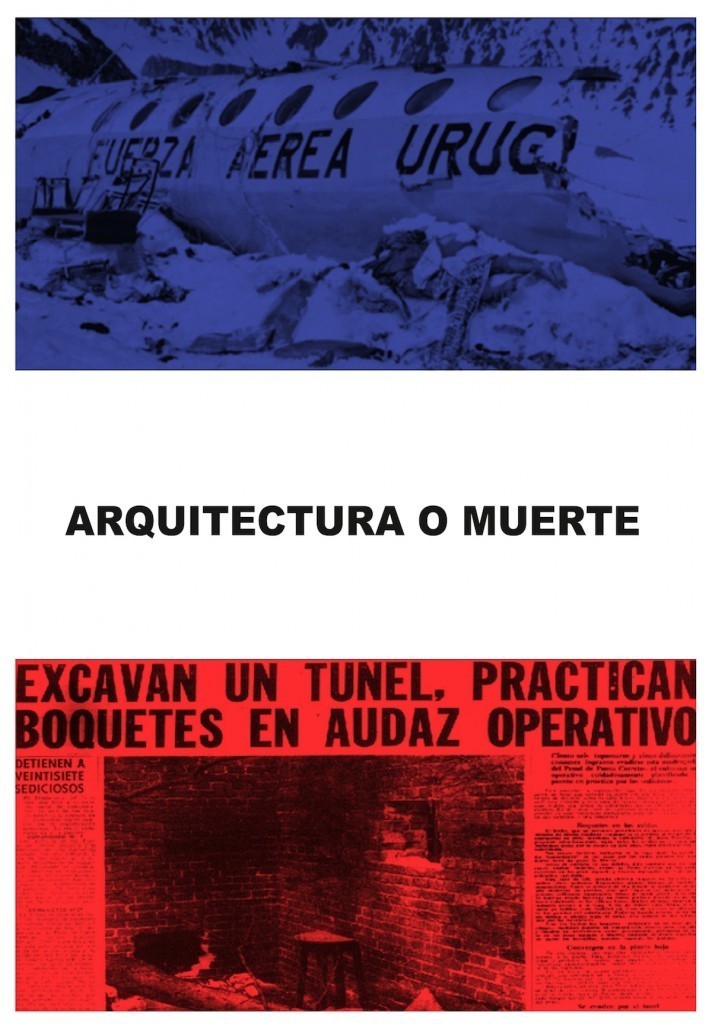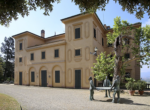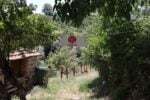15. Mostra Internazionale di Architettura – Reebot

L’Uruguay presenta il progetto REBOOT Architecture lessons from the “guerrilla Tupamara” and the Andes plane crash.
Comunicato stampa
Some exceptional events alter the everyday perception of space and their blatancies open up new registries for the discipline of architecture. They are events in which all previous certainties disappear and creativity is that which guarantees survival.
Towards the end of the ‘60s a handful of young Uruguayans grouped in the Movimiento de Liberación Nacional Tupamaros are able to construct exteriority in the heart of Montevideo. In the belly of the city they deploy a system of spaces parallel to the perceptible ones. They study the city as an unexplored wilderness and within it they build otherness.
At the same time that the Tupamaros explore and construct “an outside” in the extreme artificiality of the city, another group of young Uruguayans create “an inside” in the radical inhospitality of nature.
In 1972 an airplane fell in the Andes Mountain Range and the survivors of the impact were confronted with building “interiority” as a shelter in the frozen desert.
An efficient management of energy and of the almost null material resources made life viable there where it was not possible.
In both cases these young Uruguayans -as if guided by “the ignorant schoolmaster” that Jacques Rancière describes- make evident with their praxis the sense of architecture reminding us:
“[…] that which we call everyday life is in no way evidence but opacity: a type of blindness, a form of anesthesia.” quote Gerges Perec in Species of Spaces



